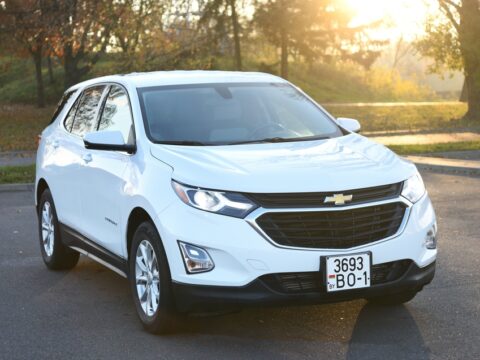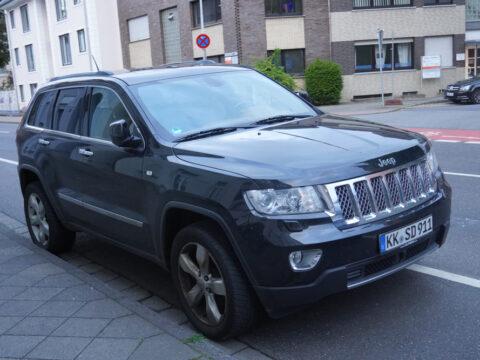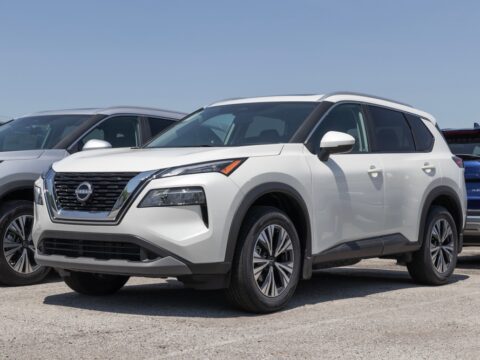Classic American trucks are known for their ruggedness and timeless appeal, but many of them came with suspension systems that had notable flaws. Over time, these issues can lead to uncomfortable rides, poor handling, and reduced safety. We’ll explore 17 common suspension flaws found in classic American trucks and why addressing them is essential for optimal performance.
Contents
Leaf Spring Fatigue
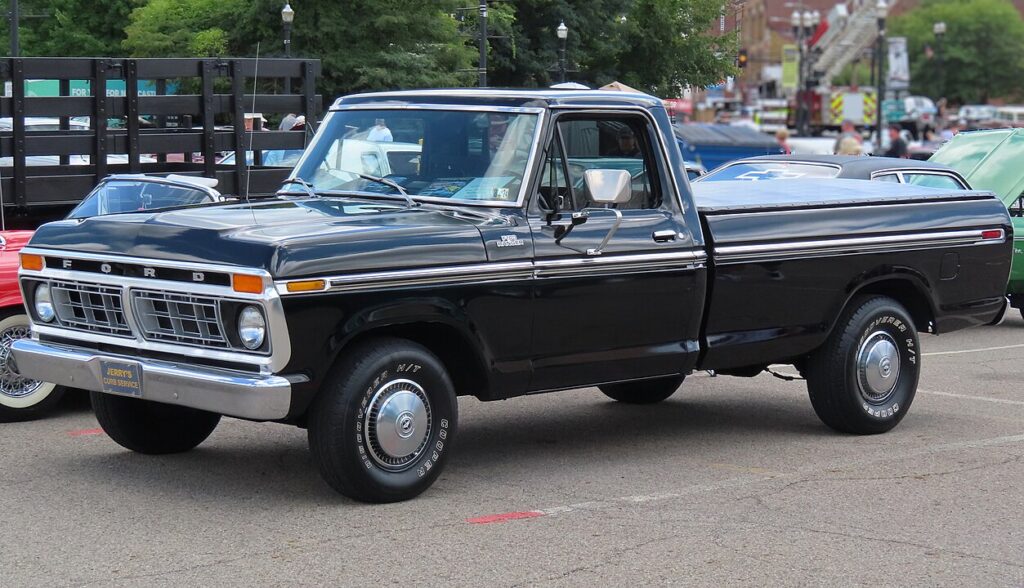
Classic American trucks that relied on leaf springs for their rear suspension often suffered from fatigue over time. When subjected to heavy loads, these springs would lose their tension, causing the rear of the truck to sag. This sagging not only altered the truck’s appearance but also impacted its ride quality, making it rougher and less stable. Replacing the leaf springs was a common fix to restore balance and improve handling.
Weak Shock Absorbers
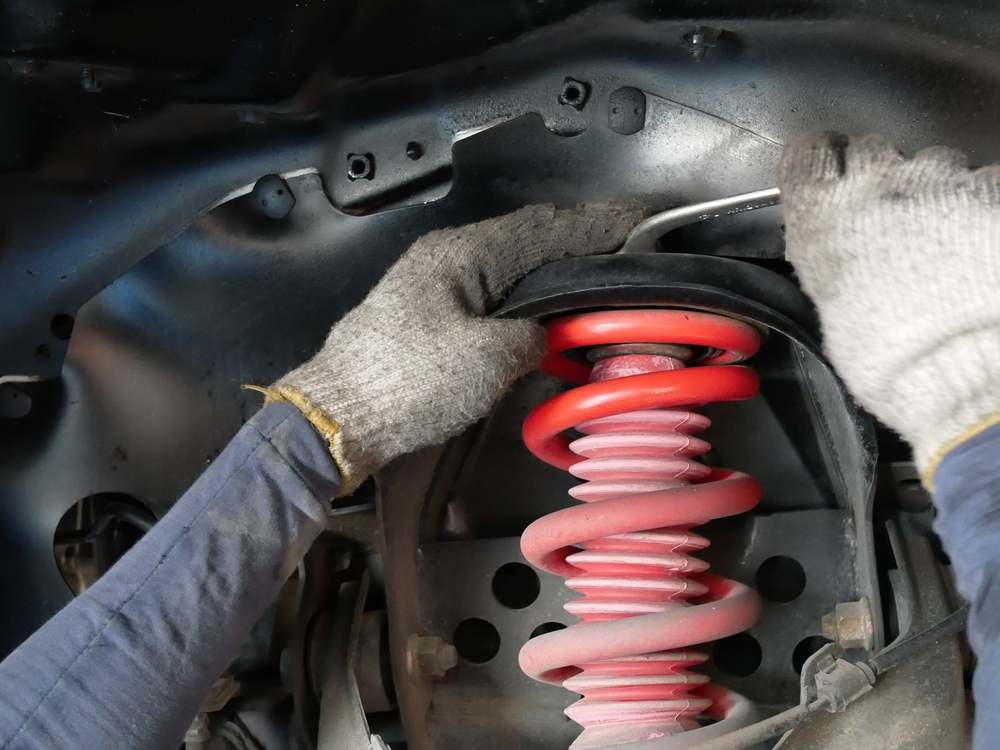
Many older trucks came with standard hydraulic shocks that weren’t robust enough for rough terrain. Over time, the shocks would lose their effectiveness, leading to excessive bouncing after hitting bumps. This made the ride uncomfortable and compromised vehicle control, especially on uneven surfaces. Swapping out the old shocks for gas-charged ones became a frequent upgrade among truck enthusiasts.
Poor Axle Alignment
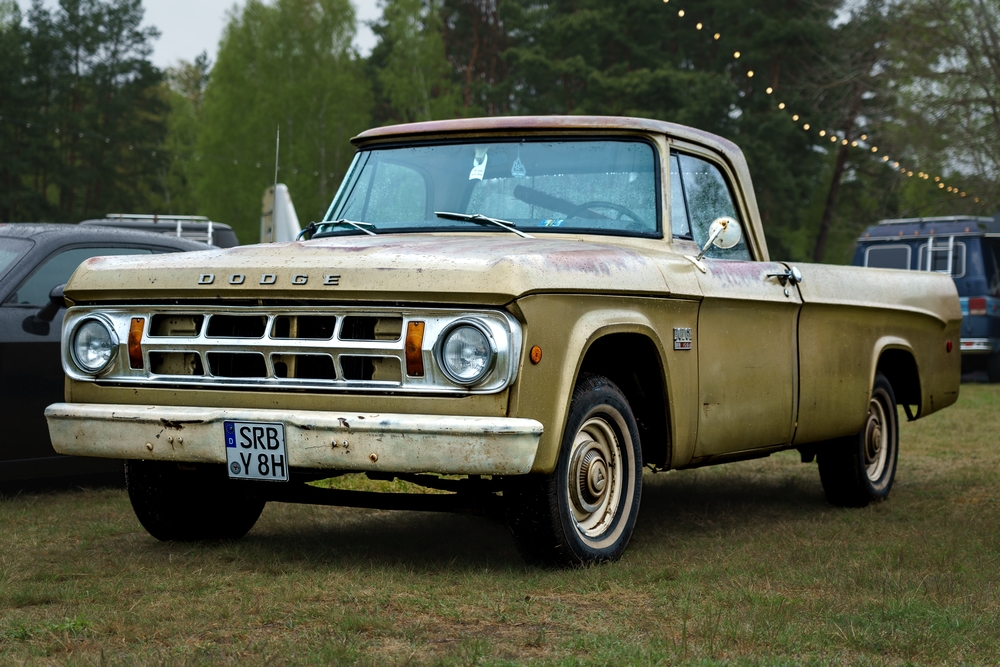
Axle misalignment was a recurring issue in classic trucks, affecting both ride comfort and tire wear. Misaligned axles would cause the truck to pull to one side, making steering more difficult. This not only wore out tires unevenly but also led to a loss of control on the road. Regular realignments were necessary to maintain smooth driving and tire longevity.
Lack of Anti-Roll Bars
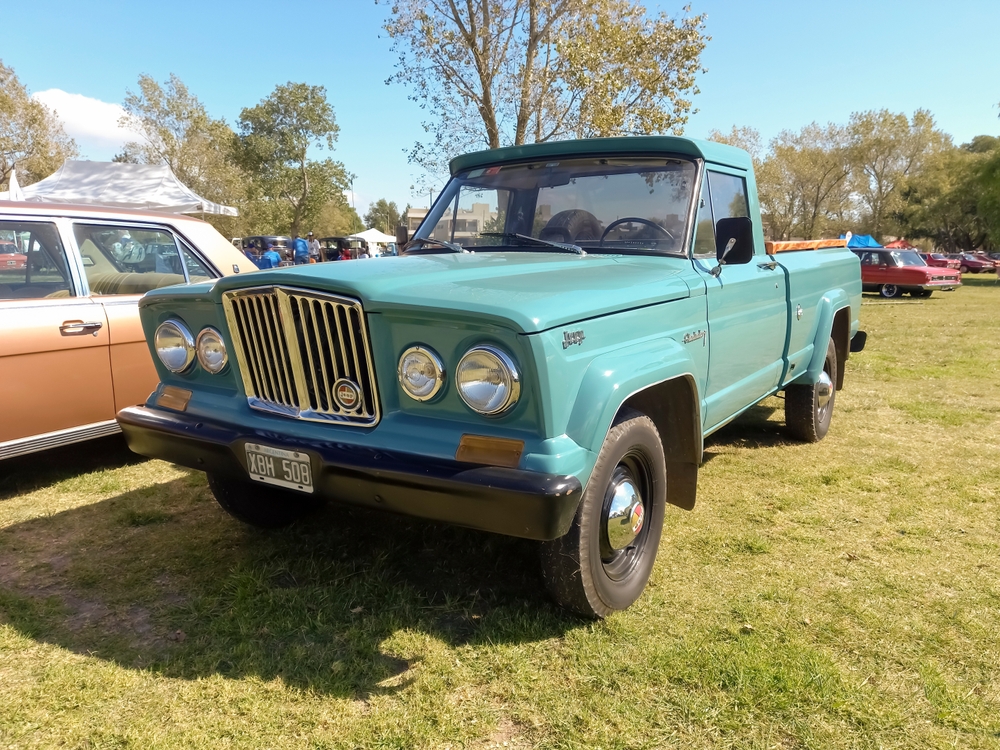
Many older trucks were built without anti-roll bars, leaving them vulnerable to excessive body roll during turns. As a result, the truck would lean significantly in corners, reducing stability and driver confidence. The absence of anti-roll bars was particularly noticeable in trucks with high centers of gravity. Adding aftermarket anti-roll bars greatly improved cornering performance and overall stability.
Coil Spring Sag
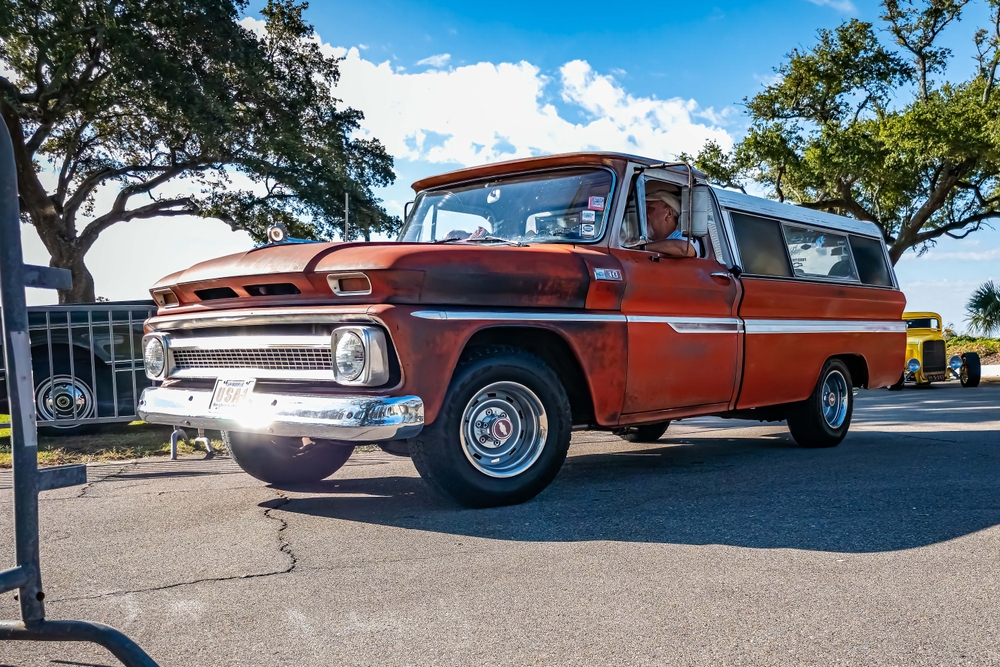
Coil springs, commonly used in the front suspension, had a tendency to sag after years of use. This sagging lowered the front end of the truck, negatively affecting its ride height and suspension performance. With reduced suspension travel, the truck’s handling became less predictable, especially on rough terrain. Replacing the worn springs with newer, stiffer ones helped restore the original stance and improved ride quality.
Limited Suspension Travel
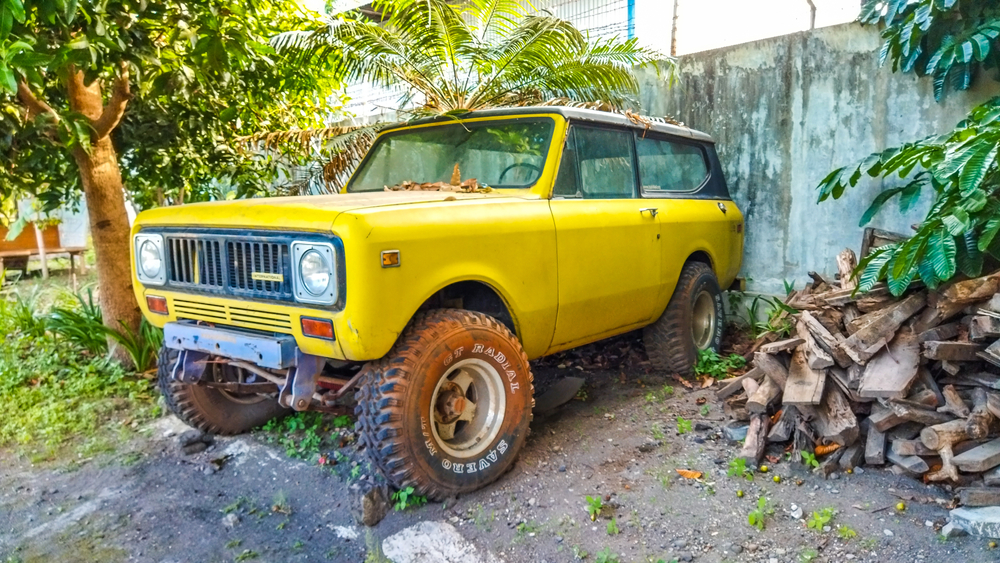
Older truck suspension systems often lacked the travel needed to absorb larger bumps and dips, resulting in a harsher ride. The limited suspension travel caused the truck to bottom out frequently, especially on uneven terrain. This put additional stress on the suspension components, leading to premature wear. Many owners opted for lift kits to increase suspension travel and improve off-road performance.
Solid Rear Axle Design
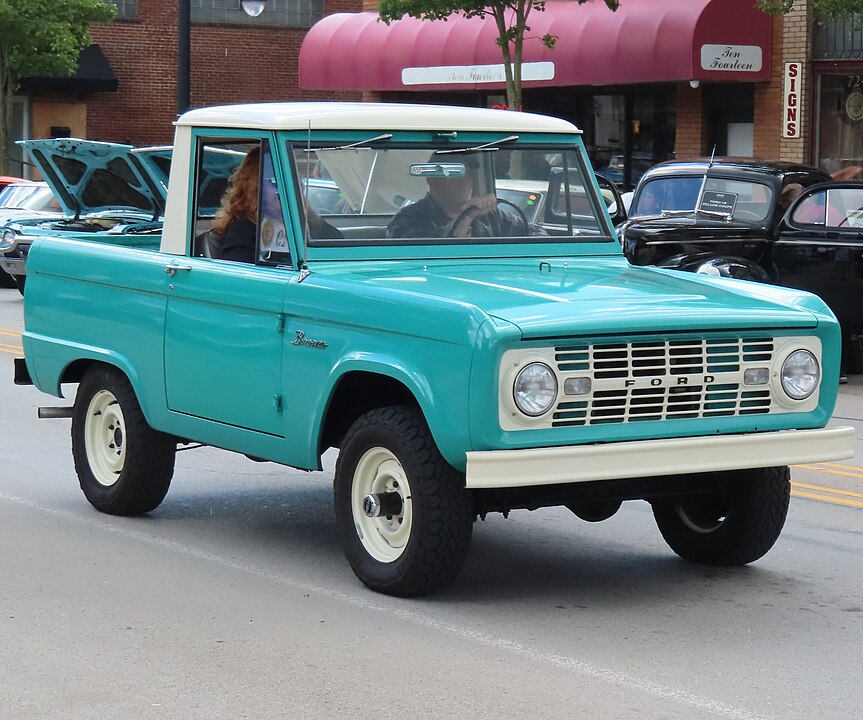
While durable, the solid rear axle design found in many classic American trucks was less effective at handling uneven terrain. Since both wheels moved together, any bump or pothole affected both sides of the truck, making the ride less comfortable. This design also limited handling precision, especially on rough roads. Switching to independent rear suspension systems significantly improved ride quality.
Poor Damping Control
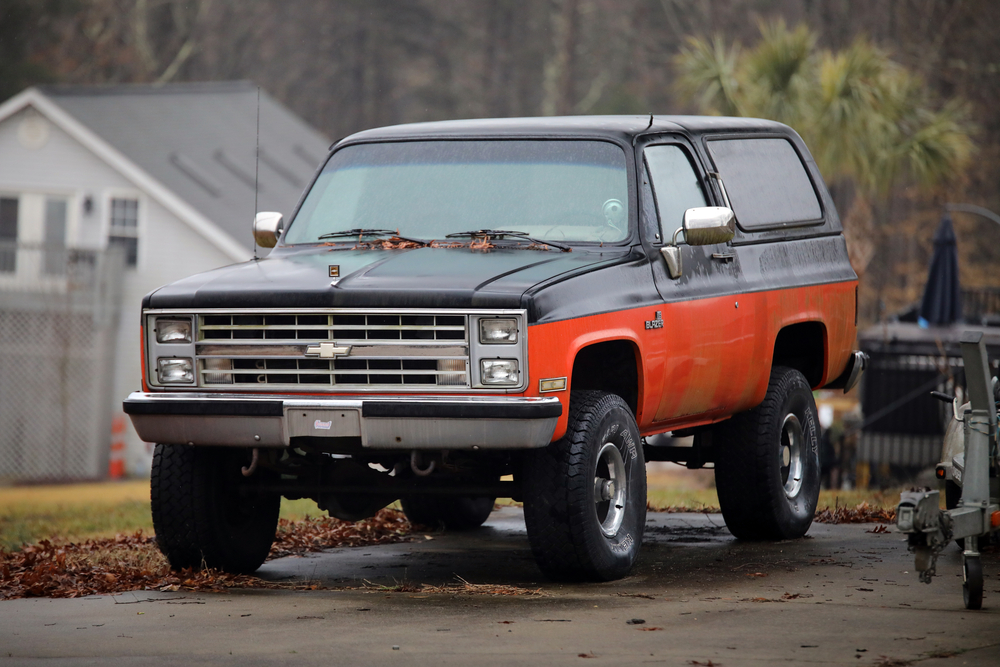
Classic trucks were often equipped with soft damping systems that allowed for too much rebound after hitting bumps. As the damping weakened with age, trucks would bounce excessively, making the ride unpredictable. This flaw was most noticeable on bumpy roads or when the truck was heavily loaded. Upgrading to higher-quality dampers provided better control and a smoother ride.
Lack of Adjustable Suspension
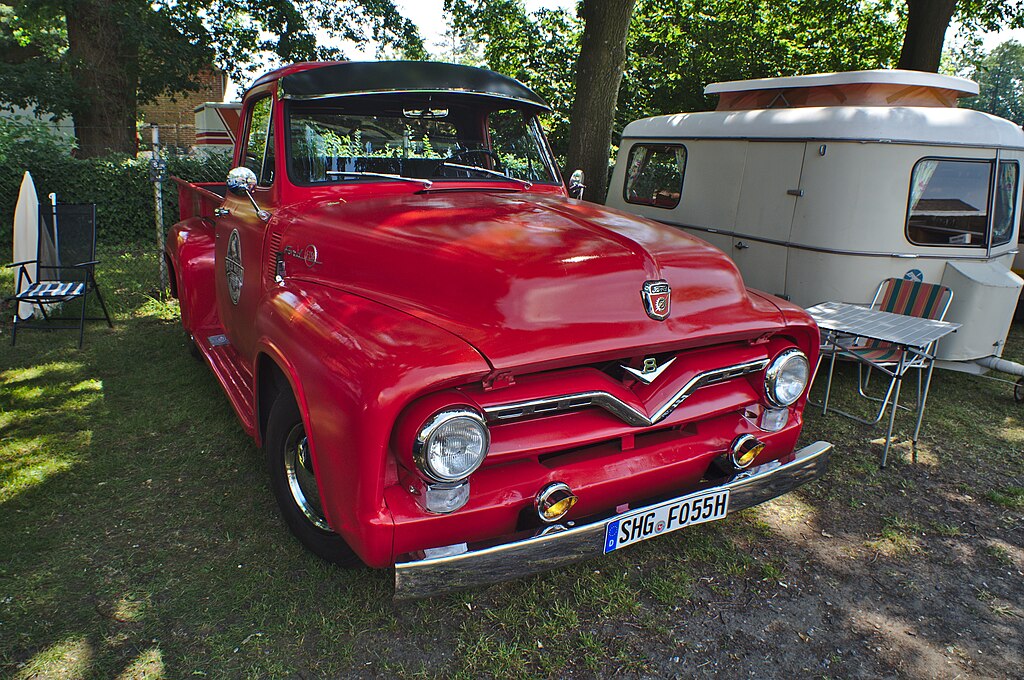
Older trucks typically featured fixed suspension systems, offering no flexibility for adjusting ride height or stiffness. This lack of adjustability meant the truck was either too stiff for daily driving or too soft for heavy loads. Modern adjustable suspensions offer better performance in varied conditions, but vintage trucks required aftermarket solutions for more versatility. Adjustable systems became a popular upgrade to improve comfort and handling.
Weak Sway Bars
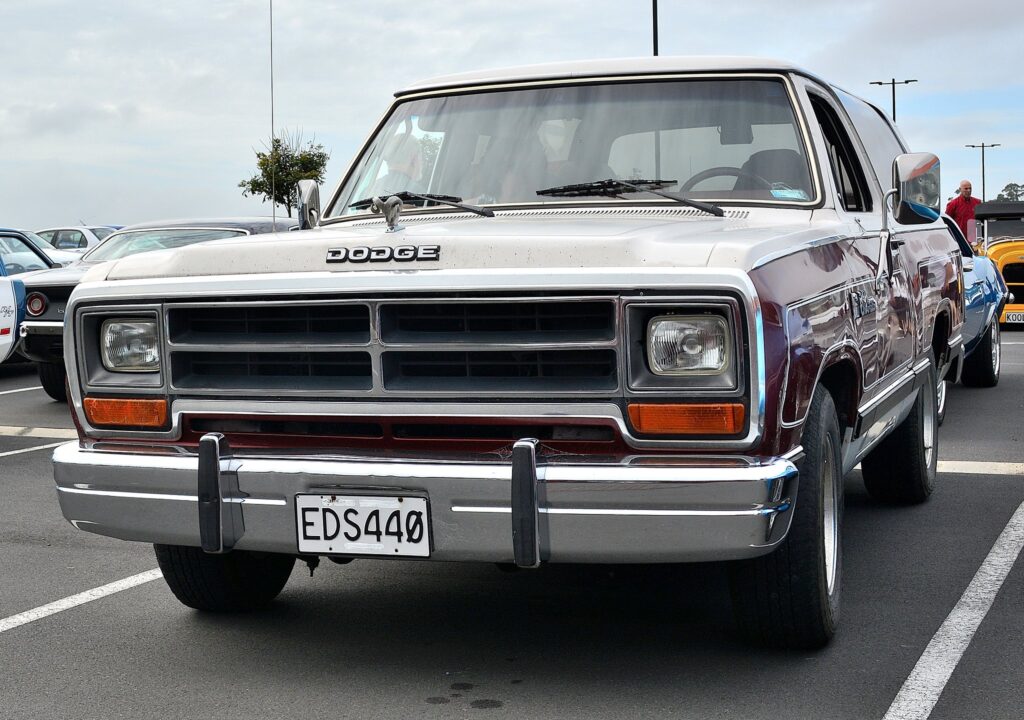
For trucks that had sway bars, many were fitted with ones that were too thin or weak to provide proper stability. This resulted in noticeable body roll when taking sharp turns, making the truck feel less controlled. The inadequate sway bars reduced the truck’s ability to handle aggressive driving, particularly on winding roads. Upgrading to thicker, stronger sway bars became an essential modification for improved handling.
Excessive Bushing Wear
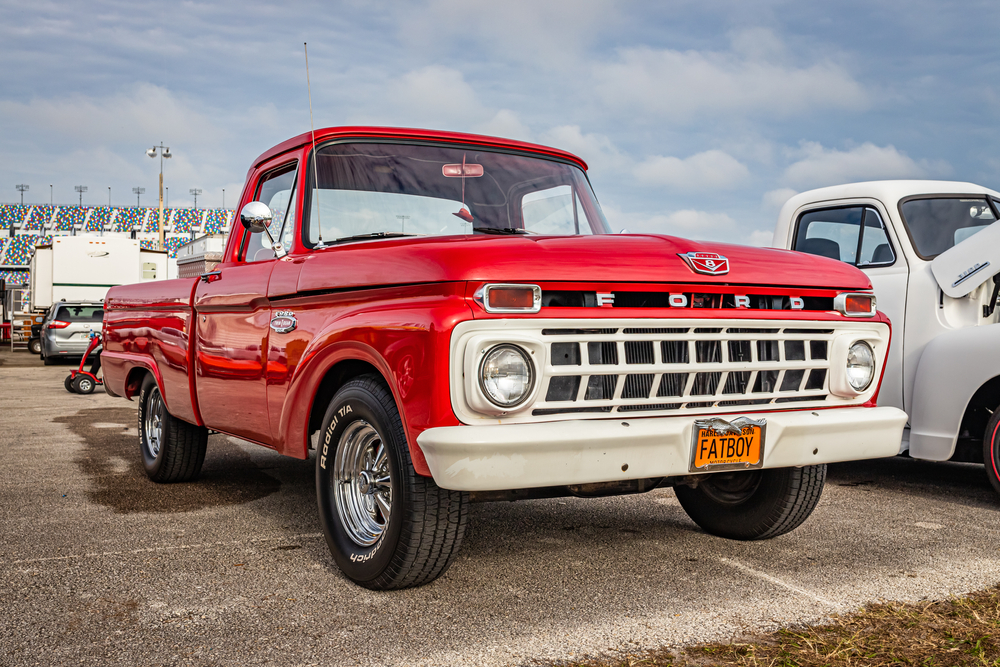
The rubber bushings used in classic truck suspensions often wore out prematurely, leading to increased noise and vibration. As these bushings aged, they would crack or become brittle, reducing the stability of the suspension components. This caused a rougher ride and compromised the vehicle’s handling. Replacing the old rubber bushings with polyurethane ones offered better durability and improved overall performance.
Soft Rear Suspension
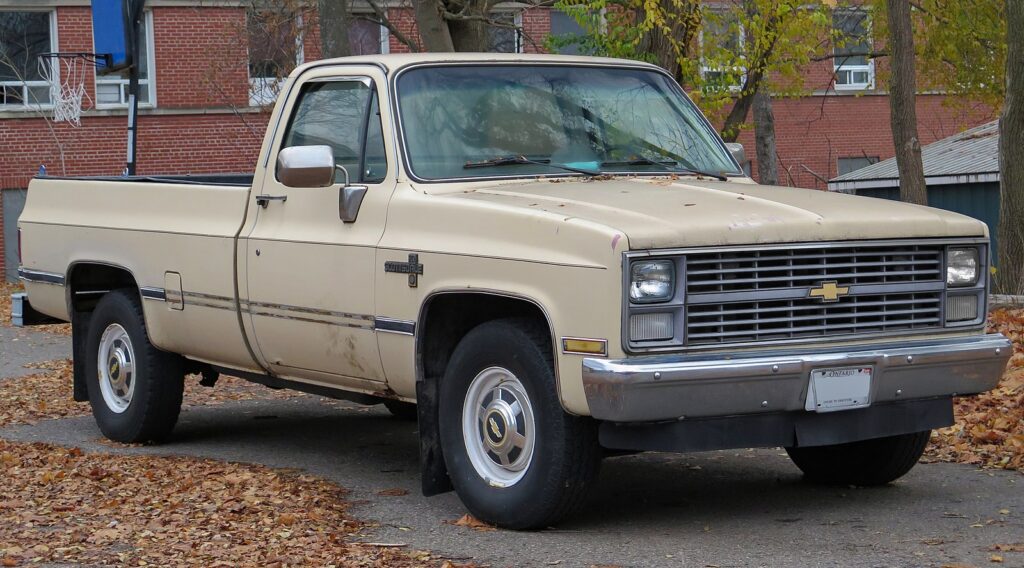
Classic trucks with soft rear suspensions offered comfort when empty, but sagged significantly under heavy loads. The rear of the truck would dip lower than the front, affecting handling, braking, and overall safety. This softness also made the truck less suitable for towing or carrying large loads. Reinforcing the rear suspension with stiffer springs or air shocks helped balance the load and improve stability.
Inadequate Suspension Bracing
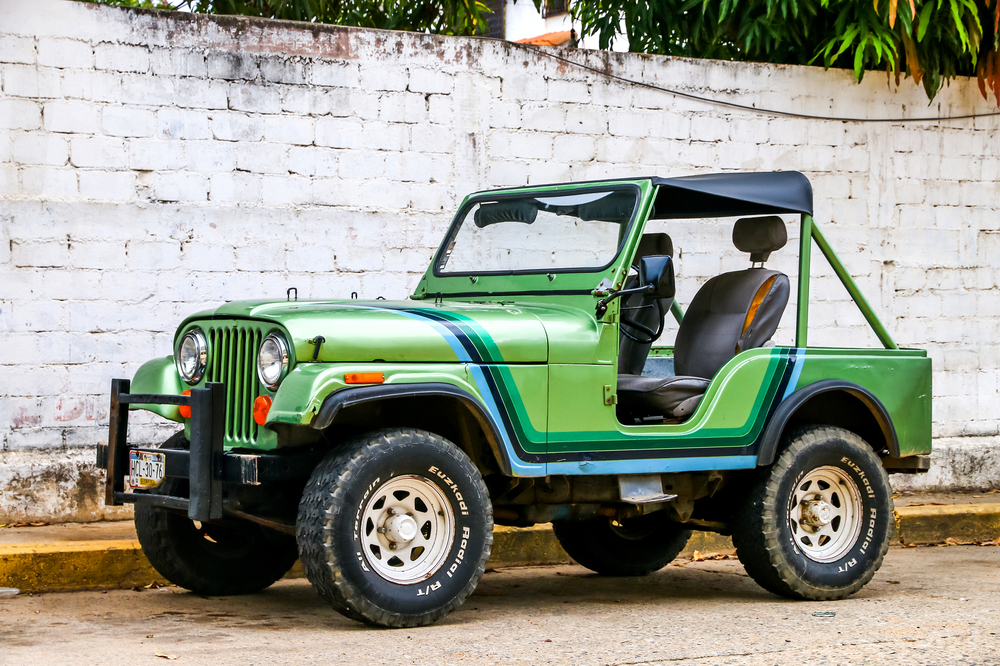
Some classic American trucks lacked proper suspension bracing, causing excessive chassis flex under heavy loads or during off-road use. The insufficient bracing weakened the suspension system, leading to uneven tire wear and diminished handling. This flaw also made the truck less stable when carrying heavy cargo. Adding more bracing or reinforcing the frame helped mitigate these issues, improving both performance and safety.
Overly Stiff Suspension
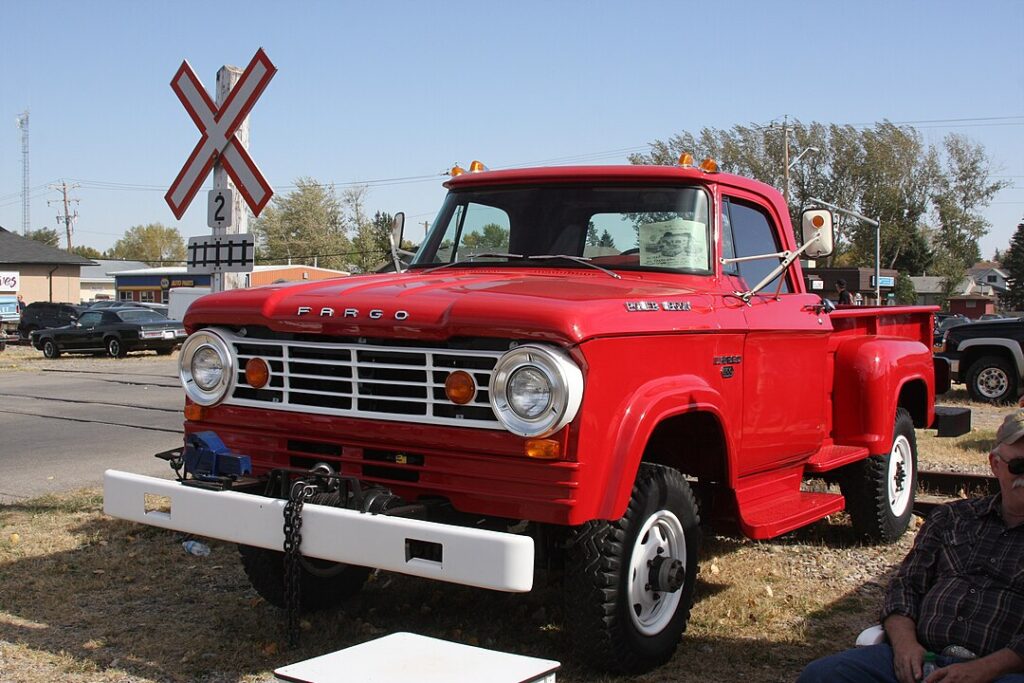
Trucks built for heavy-duty work were often equipped with stiff suspensions that made daily driving uncomfortable. While excellent for towing and hauling, the stiff springs and shocks transmitted every bump on the road, leading to a harsh ride. This flaw made these trucks less desirable for everyday use. Swapping to softer springs or adjustable shocks improved comfort without sacrificing the truck’s load-bearing capabilities.
Lack of Suspension Articulation

Off-road enthusiasts often found that classic trucks lacked adequate suspension articulation, limiting their performance on uneven terrain. Without sufficient articulation, the truck’s wheels would lose contact with the ground on rough roads, reducing traction and control. This flaw made off-road driving more difficult and less predictable. Suspension lift kits and other modifications improved articulation and off-road capability.
Insufficient Shock Travel
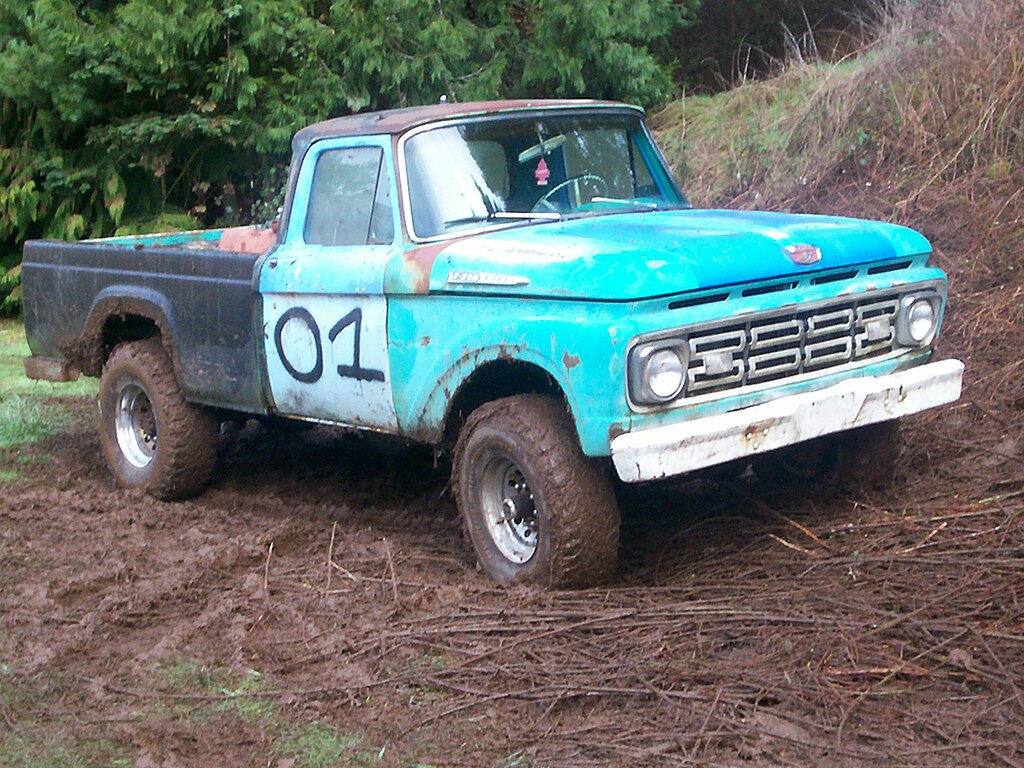
The shocks in many older trucks had limited travel, reducing the suspension’s ability to absorb large bumps or dips. This led to frequent bottoming out, especially when driving off-road or carrying heavy loads. The lack of shock travel also contributed to quicker wear of other suspension components. Upgrading to longer-travel shocks enhanced ride quality and durability, especially in demanding driving conditions.
Outdated Suspension Geometry

The suspension geometry in older trucks often led to poor weight distribution and handling, especially when compared to modern vehicles. This outdated design caused uneven tire wear and made the truck feel less stable at high speeds or during sharp turns. Adjusting the suspension geometry through aftermarket components significantly improved both stability and performance. Many classic truck owners turned to these upgrades to modernize their vehicles’ driving dynamics.
This article originally appeared in MyCarMakesNoise.
More from MyCarMakesNoise
The 20 Most Stylish Sports Cars Europe Has Ever Produced

When it comes to sports cars, Europe has a long history of producing some of the most stylish and iconic models the world has ever seen. From sleek curves to bold designs, these cars are more than just vehicles—they’re masterpieces on wheels. Read More.
20 Surprising Stories Behind Iconic BMW M Models
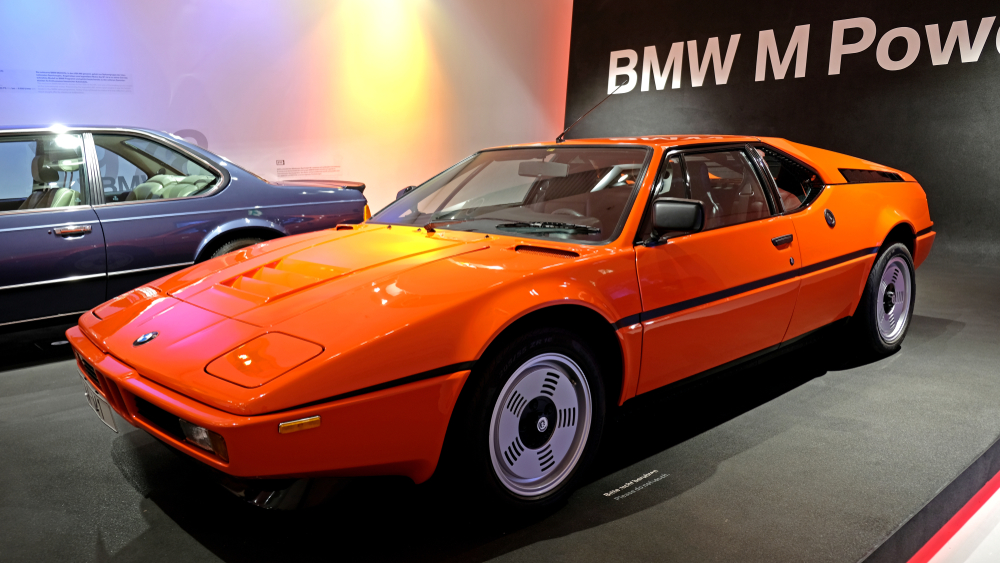
The BMW M Series is known for its high-performance vehicles that have left an indelible mark on automotive history. While these cars are celebrated for their power and precision, there’s more to them than meets the eye. Read More.
13 Surprising Facts You Didn’t Know About Famous Race Cars
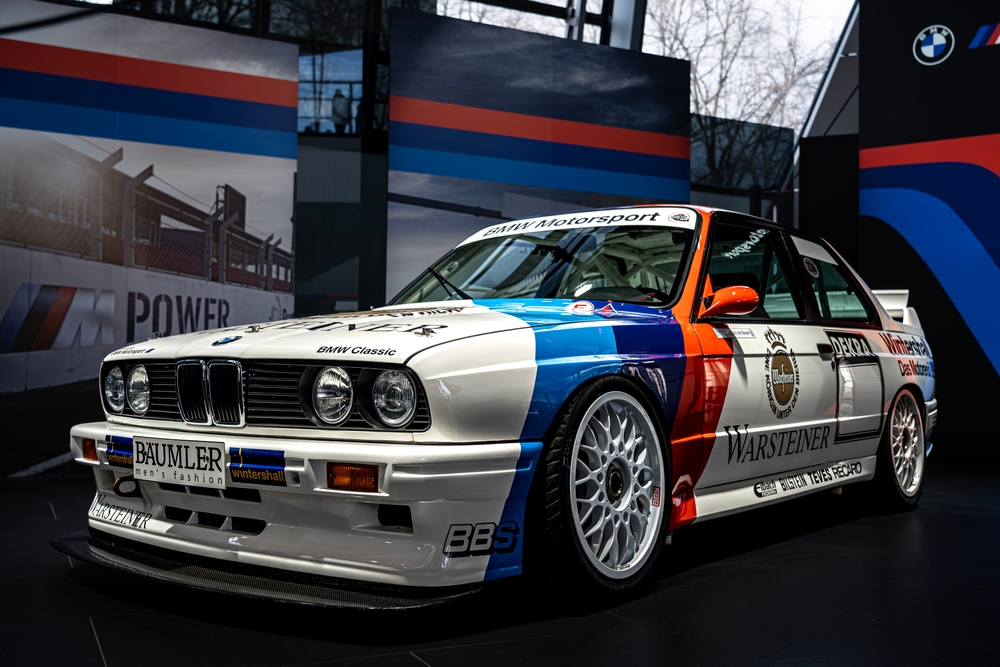
Race cars have long captivated enthusiasts with their blend of speed, engineering, and cutting-edge technology. While many are familiar with these machines’ iconic names and legendary victories, countless intriguing details often go unnoticed. Read More.

